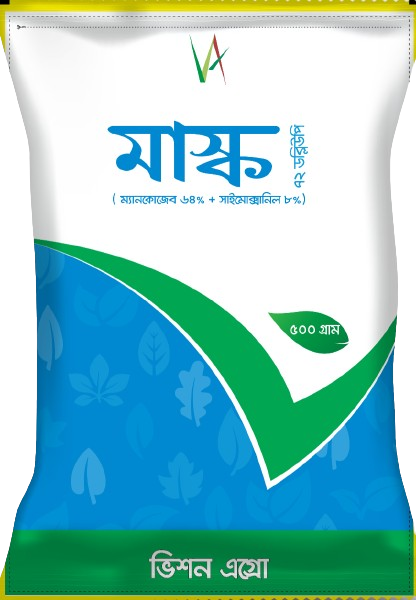Tuber Crops
Late Blight of Potato

The disease, known by different names, blight or late blight is the main obstacle to success in potato cultivation. This disease is caused by the fungus called Phytopthora infestans . The disease is more prevalent during the months of November to February when the weather is cold and foggy. In Bangladesh, this disease causes an average yield loss of 30% per year. But with proper management, the crop can be protected from the attack of this disease.
Symptoms:
- Phytopthora infestans attack first appears as wet light green circular spots on the upper side of the leaves which quickly turn black and the leaves rot. If you go to the field in the morning, you can see a white powder-like organism under the affected leaves. In cold and foggy weather, the tree rots quickly.
- With the help of wind, rain or irrigation water, the disease can spread rapidly from infected plants to healthy plants. In this condition all plants in the field may die within 2-3 days. A burnt smell comes from heavily infested fields. It seems that the crops of the land are over.
- Infected potatoes develop brown to black spots that become inedible
Remedy:
- Germ-free seed potatoes should be planted. Early planting reduces disease attack. Balanced fertilizer should be applied.
- Irrigation should be stopped in the affected land.
- Regular field inspection and weed control.
- In case of low temperature, foggy weather and rain forecast, Mancozeb group fungicide should be sprayed every 7-10 days.
Advice of 3s Agro Services Limited:
"Mask 72 WP (Mancozeb 64% + Cymoxanil 8%)" is a contact, flowing and translaminar fungicide that is very effective in controlling late blight of potato. Fungi can be suppressed in three ways: preventive, preventive and antisporulant.
Dosage:
Mix 2 grams of Fulamine 60 WP per liter of water and spray after 7 days. 400 grams per acre.


